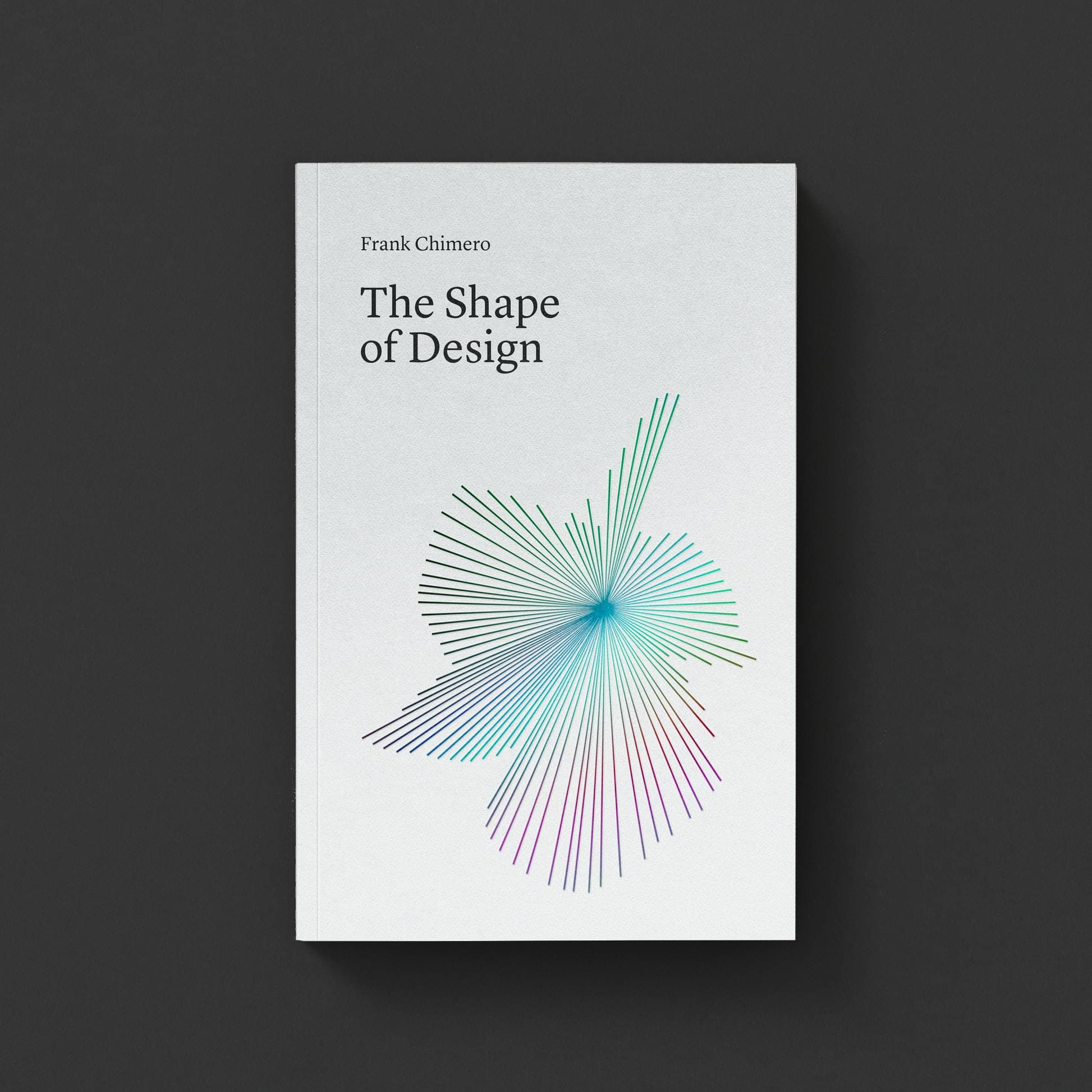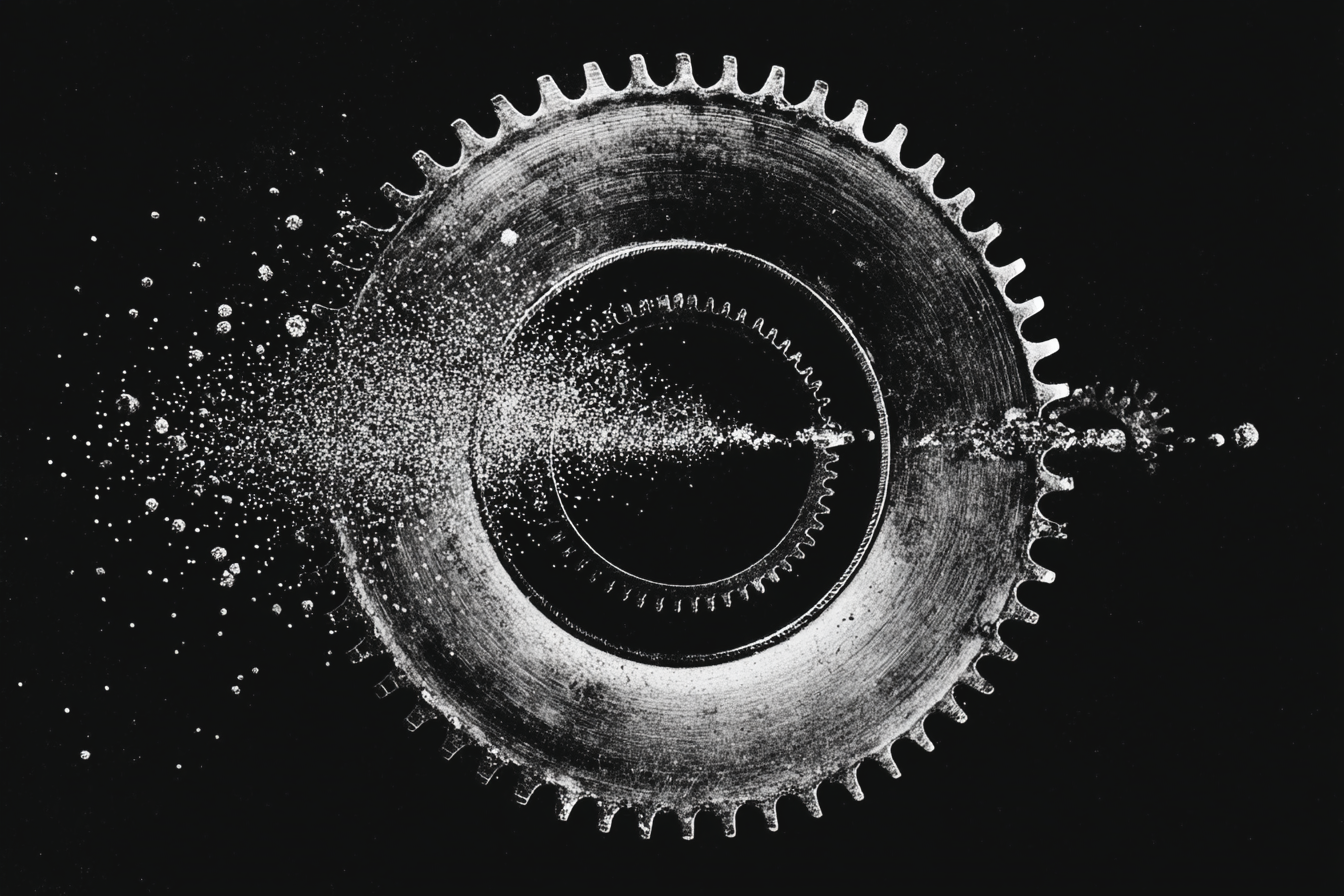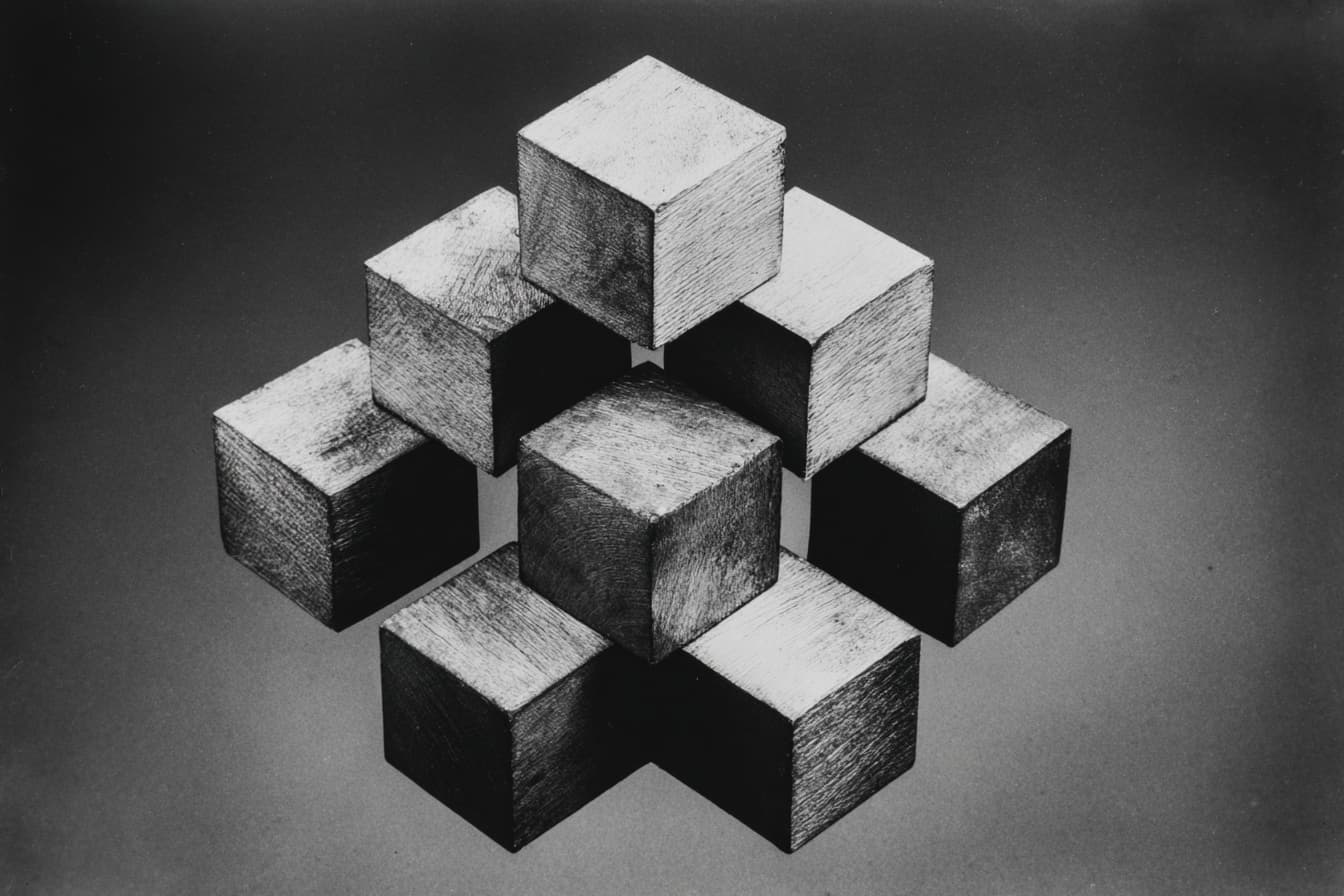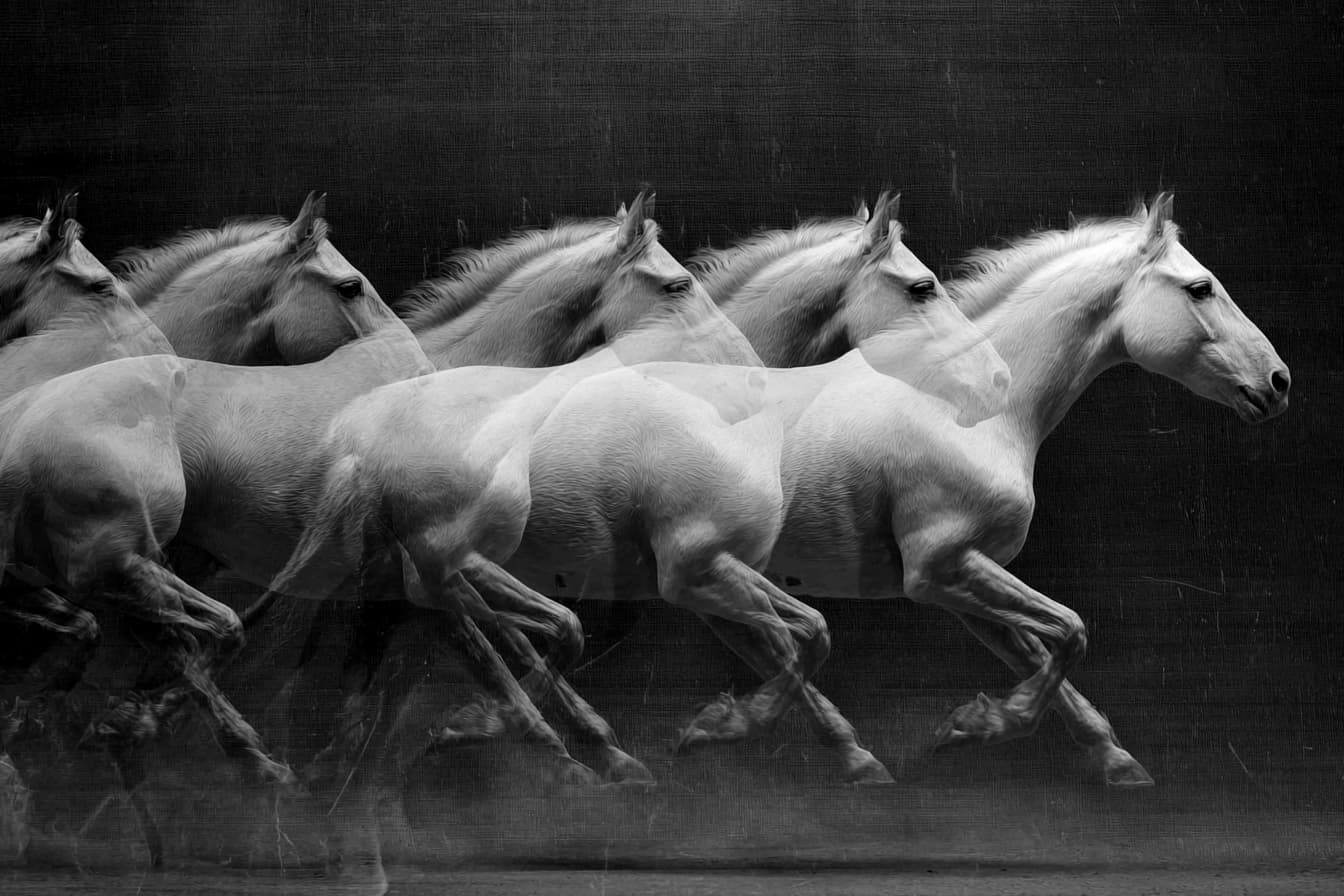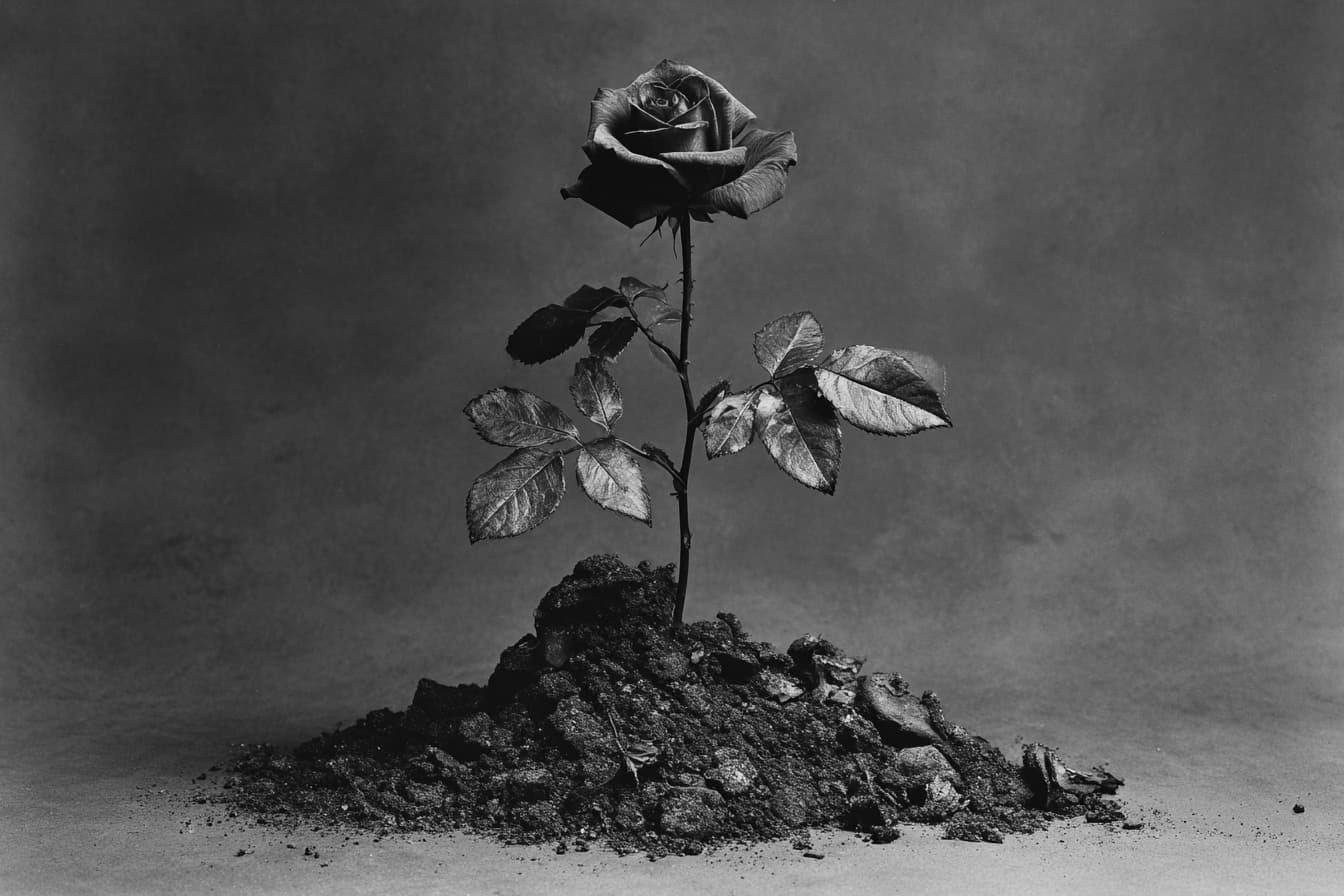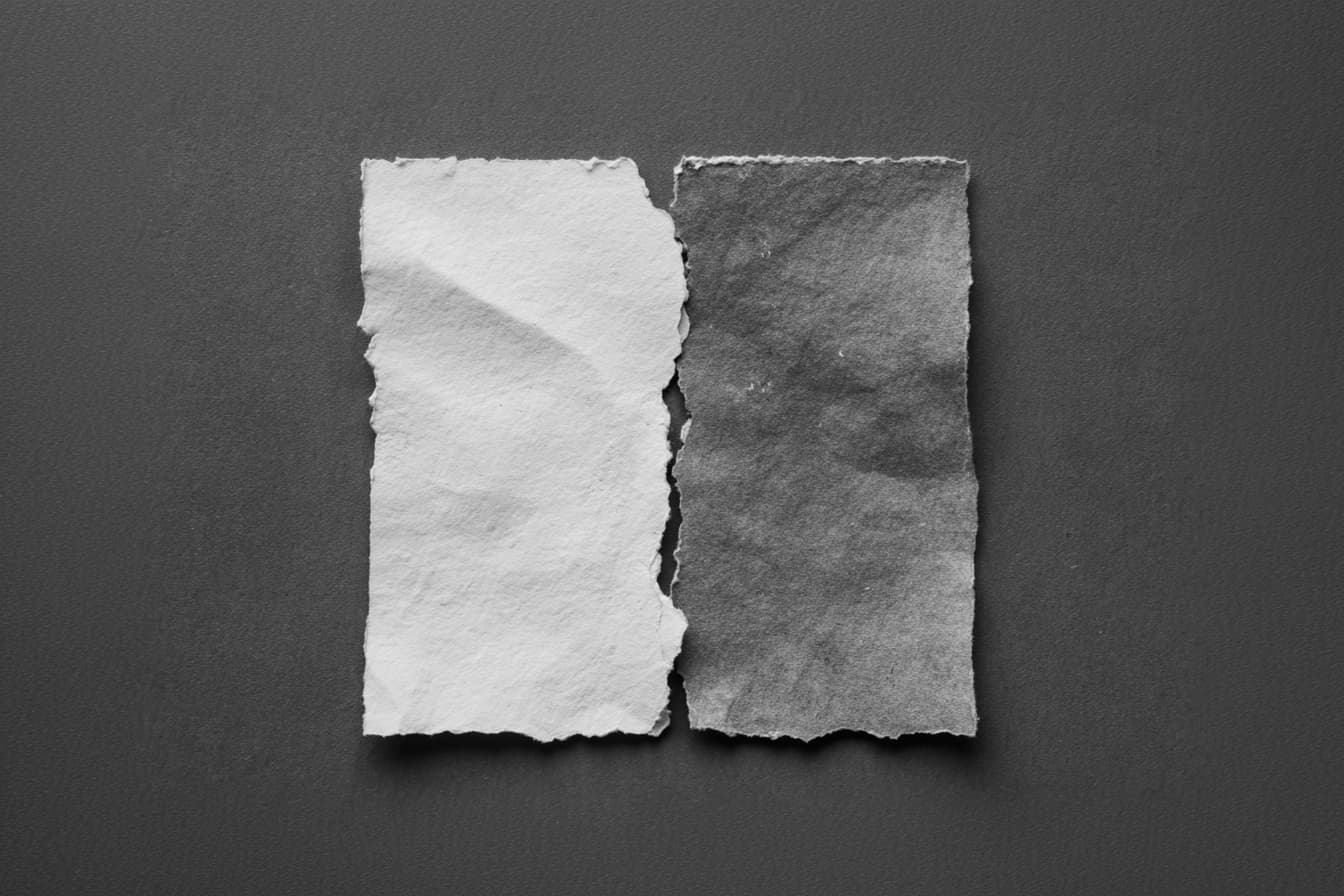The Long, Hard, Stupid Way
What follows is an transcript of a talk I gave at the 2011 Do Lectures in Wales. The text may differ from the actual phrasing in the presentation, but the premise is the same.
I’m a designer and illustrator, and the newest role I’ve taken up is apparently an author or a writer. I started writing a book a few months ago, and I was talking to my friend Laura in the pub the first night we were up here. I was just talking about how difficult this book has been for me to write. I mean, it’s the first thing that I’ve ever written at this length, but it was just a lot more difficult than I thought it would be. I sort of realized that I was making it difficult for myself, and I’m trying to find a way to sort of make that into a good thing instead of a thing to be down about. She told me this story about when she was watching a television show called Treme.
There was a chef doing a cameo on the show—his name is David Chang, and he’s the head chef at a restaurant in New York called Momofuku. He’s talking to his sous-chef, and basically the sous-chef tries to cut a corner. What he says is: “We don’t work like that here. We do things the long, hard, stupid way.” So in the kitchen, that means that they don’t use yesterday’s bread; it means that they make their own broth: they just do everything themselves. I sort of thought about it and realized that that one quote was sort of my gateway to take some pleasure in how difficult making this book was going to be. And I started realizing that I have a tendency to want to do things the long, hard, stupid way.
I’m an illustrator and a designer, but I don’t actually have any slides, so this is part of me doing things the long, hard, stupid way—just trying to get up here to tell you guys some stories. And what’s really interesting is when you look at doing things the long, hard, stupid way, it’s sort of a spectrum (raises hands apart): there’s the way that I do it that’s very painful and difficult, but ultimately the way I feel compelled to make things; and then there’s optimum efficiency over here. I think what’s interesting is to sort of look at that gap and to analyze it. I think that, from the perspective of someone who makes things—and I bet that a lot of people out there are also folks who make things in some capacity—when you work the long, hard, stupid way, it looks a lot like toiling and worrying and starting over and scratching good ideas to look for better ones. It’s staying up late, it’s waking up early; it’s all of those sort of romanticized things. All of those actions are inspired by just caring a lot. That’s not to say that you can’t be efficient and care about your work: I think that’s totally possible. But I don’t know how to do that, because I have to do things the long, hard, stupid way.
So that’s what it looks like from the perspective of someone who makes things. From the perspective of someone who enjoys the things that others make, I think that extra labor is more of a gift; it’s the extra essence behind it. It’s a carefully prepared dish; it’s a well-phrased paragraph or a beautiful story inside of a book; it’s the grooves of whittling if you’re whittling a walking stick. I think that this seems to be a place that sort of embraces the long, hard, stupid way, so I thought that I would talk about the idea of gift-giving, and the gift of working in this fashion. I think that when we work this way, what we produce sort of gains an ephemeral quality around it; it’s sort of in the air.
There’s a story about an eighteenth century Japanese student that I think really nicely describes that. He’s extremely poor, so every night for dinner he has to eat rice. He’s staying at an inn, and one night he gets the great idea that he’ll have his usual dinner of rice, but he’ll sit underneath the window outside the kitchen, and while the innkeeper is making his fish, he’ll smell the fish while he’s eating his rice, and the smell of that fish will make his meal more enjoyable. I love this idea because this is how it feels to enjoy the work of other people. They’re making their fish, and their efforts sort of improve the ambient space around the work. For me, to be able to read a beautiful book while I’m trying to write a book—like if I read F. Scott Fitzgerald—it’s like I’m smelling his fish while I’m trying to eat my rice, you know? Well, it turns out that the story goes on: the student does this for a few nights and he gets found out, and the innkeeper’s just furious about this. He says, “You’re stealing my fish from me!” So he grabs the kid by the arm and drags him in front of the magistrate. And the magistrate—it’s up to him to decide whether or not the student needs to pay the innkeeper for the stolen smell of the fish. The student has no money: again, barely enough to pay for his rice, never mind the fish. So the magistrate hears the case, and the only hope that the student has is that this guy has been known to make interesting rulings in the past. He listens to the case, and he looks at the student and says, “How much money do you have?” And the student’s worried at this point—he thinks he’s going to lose all of his money. He pulls out the coins in one hand and he says, “I only have a few coins, but it’s not enough to pay for the fish, and if I have to pay him, I’ll go hungry.” So the magistrate thinks for a moment, and he says, “Okay, do exactly as I say,” and the student complies. The magistrate says, “Take the coins that you have in one hand and pour them into the other hand.” He does so, and then there’s a pause, like a beat, and then the magistrate says, “Okay, the case is dismissed; it’s settled.” The innkeeper, upon hearing this, thinks for a moment and then becomes furious: “How can this be ever settled? Nothing just happened!” And in one of those brilliant moments where you say the right thing at exactly the right time that always happens in these sorts of stories, the magistrate says, “It has been settled because the smell of your fish has been paid by the sound of his money.” The beautiful thing about that is it’s to say that whenever we make things, either for ourselves or for other people, there’s a value in that that lives completely outside of commerce; there are sorts of side benefits. I love the idea that, for me, as a person who makes things, there can be these side benefits to the work that I produce. The best way to sort of think about those side benefits, because they’re not wrapped up necessarily in commerce and dollars and cents, is to think of them as a gift.
There’s another bit about gifts from a television show called The West Wing. I’m sure a few of you are familiar with it. If I totally destroy this story—I’m so sorry if you’re a big fan (laughing). There’s an episode where President Bartlet asks his aide Charley to go find a carving knife for him, for Christmas dinner. Charley goes out into the city and he finds a pretty good knife, and he brings it back to the president. He says, “Here, this knife is pretty great. What do you think?” And the president dismisses it and says, “No, this is not good enough. Go out and find me another knife.” So Charley goes out and he does a little bit of research this time. He comes back with another knife and says, “I’ve done some research: this one is fine. It’s highly recommended from other people. What do you think, Mr. President?” And President Bartlet again rejects this knife. Essentially, he sends Charley back out on this quest to find a fine carving knife. He does the work, he does the research, he looks at a lot of knives himself, and he comes back with what he believes to be the finest carving knife that he can find on the whole Eastern seaboard. He brings it before the president and he describes all the finer details of it. He talks about how the blade actually goes back into the handle; he talks about the sharp tip and the honed blade, and how it’s made by hand, and how the weight distribution of the blade feels excellent in your hand. He puts it before the president, and President Barlet says, “Even this won’t do. This isn’t the knife that I want.” And with that, the president reaches into a drawer on the side of his desk and pulls out a knife of his own, and he sets it on the desk. He says, “Charley, I’ve got this knife and I want you to have it.” He explains that the knife inside of the box is a family heirloom that has been passed down for six generations. He tells the story of this knife, and he says that it was made back in, I suppose, the eighteenth century by a certain blacksmith in Boston named Paul Revere, and he gives it to Charley.
It’s a great story because it describes so much of the qualities and patterns of what it is to give a gift. The first one is really, really obvious: it has to be given to you; you can’t ask for a gift. I feel like sometimes we do buy things, and there’s a gift in there because we paid a certain amount, but what we got back was larger than what we paid. It’s that gap between the two that becomes the gift. The second is that gifts have a tendency to go to the empty space. What that means is that, in the context of the knife story, President Bartlet gave that knife to Charley because he didn’t have a son himself to give it to. Conversely, another detail is that Charley never knew his father, and his mother had just passed away. So the knife became a symbol to represent their relationship and the bond that they had formed over the past few years. The last one is that the more a gift moves, the more value it gains. So because that was a family heirloom—think about the family heirlooms you have in your own family—the more generations it’s been passed down. Maybe it’s a profession, like being a baker: the more generations that passes down, the more value it has and the more meaning it has to you.
I thought it would be really interesting to do something like that here at Do. I thought it would be great if something was passed around the camp, so I brought a knife with me, and I just gave it—no, I didn’t bring a knife (laughing). I actually brought a stone with me. When I showed up on Wednesday, I gave it to my friend John, who works for Do, and I said, “John, it’s so great to see you! It’s been a few months. Here, have a rock.” And he gave me this look like, “What is this rock for? What are you doing here?” And I explained like, “Oh, it’s for my talk,” and that made him understand a little bit. And I said, “I’m talking about gift-giving, and I just thought it would be great if we could have this rock that we pass around the camp, and the only rule of it is that you need to give it to someone else, and there needs to be a reason that you give it to someone else.” So for me giving it to John, it’s to say, “Nice to see you after all these months.” Maybe he makes a decision to give it to someone else after that to say thank-you for something.
So who has the rock now? (Raises hand above brow to scan audience) I can’t really see right now. Has it gone missing? Someone has it? It’s someone outside the tent. Okay, so the rock has moved beyond recognition, I suppose (laughing). So much for the idea of putting it in the auction. Maybe we’ll find it later. But the idea is that—how many people in here had the rock at some point? (Scans audience) Okay, so it looks like maybe five or six people. So not very valuable. I guess it’s a rock (audience laughs).
The idea, though, is that through movement, you can take customization of personalization: the lens of a gift. You can take something that’s not very valuable and make it valuable. I think about my experiences in the past where this was true, and I think about being given mix tapes by friends. None of us had the double deck cassette tapes, so we would have to listen to the radio for the song we wanted, and then hit record just in time, and if we were kind of off a little bit, it would just ruin the whole thing. A cassette tape itself is not meaningful, but it’s the structure and the thoughtfulness around that mix tape, and the sacrifice that an individual has to make to do it that makes it valuable. It’s that friction that makes it that way.
I think about the work that I do as a designer: it’s my job to make things for other people. I get hired by somebody to make something, and then that gets given to someone else—there are three steps there already. And if I do my job, and people love that, they share it with someone else, so there are potentially more steps after that. So how can I think about my job as anything other than giving a gift? Essentially, the best work that I do is when I say something I really believe to people that I care about. Those are the times when the work is the best, and the times that it’s not like that, I feel awful inside, because I’m not making mix tapes for people. My work so often, as a designer, that has eaten away at me, has been to realize that my role is frequently to generate desire in other people. And to make them want. And the reason that I’m so prone to want to look at the work that I do from now on as a gift is because a gift offers the promise of satiating that desire in some way. So maybe if I can short-circuit the system somehow—design is just a skill, and we all get the benefit to choose how we use our skills—maybe instead of using it to make people want things, I can use the same skills to give them things that satiate those same desires.
The space that I’m working more and more frequently is the digital space. I’ve been thinking a lot about how one gives a gift whenever they’re in the digital space. We kind of understand how gifts work in real space: we typically have goods and services and then information. This is the stuff that makes up what we share with one another. And if I have a real photo and I give it to someone else—let’s say it’s a photo of my grandfather before he set off to go to war—if my grandmother gave me that photo, she no longer has it. If I do someone a service, like help a friend move, it’s the inconvenience and the time investment of that that becomes the cost. There’s always a sacrifice when you give a gift, and the bigger the sacrifice, the more the gift is worth. That’s why we say that the ultimate gift is sacrificing your life for someone. There’s a third classification of information, and that’s sort of where digital lives, because when something is digital it turns into information: it’s all bits and bytes and ones and zeros and all of that. The thing about information is that it sort of has an infinite multiplicity to it, right? So if I email someone a photo, I don’t lose it: I still have it. That lowers the cost of the gift. Digital makes us more prone to share things, but it also reduces our capacity to give things.
So this is where I’m at, and I’m trying to figure out how to curtail this a little bit with the digital space. The best example that I’ve seen if from my friend Amit, and what he did was on accident: he realized that he had some friends who had never seen his handwriting. So he wrote an iPad application so he could write little notecards to friends, and it looks like an old postcard. It’s just a very simple thing that he made in a weekend for himself. He sent it to a few friends, and those friends responded really positively to it: they just loved it. They said, “How can we use this?” He never really thought about how he would distribute it to just a few friends, and it turns out that the easiest way to do that is not to just give it to them, but rather to make it available to everybody inside of the app store that Apple set up. He did that and just copied the address and sent it to a few friends, and he never did any promotion: he just sort of said, “This is the path of least resistance to give this to my friends.” So he put it up there for free. It turns out that Apple caught wind of it and featured it in the store, so a few days later, thousands of people have downloaded this app. He made a decision about how people would give feedback about it that isn’t really wise: in fact, it might be the long, hard, stupid way of doing it. He said that, “If you have any thoughts about the application—any feature requests or any bugs—use it to write me a note and send me that note.” So he’s in a situation now where he’s made a free app in a weekend that thousands of people are using, and he has thousands of messages in his inbox, all hand written, asking to put features into the software and reporting bugs about things that don’t work quite right. But the most common thing is people say is, “I can’t believe you’re giving this to me.” People are using it and looking at this, realizing that this is the potential of giving a digital gift. It’s that you can build a platform and a framework for people; you can build a machine that turns into a gift-giving machine. I love that, because what it does is it turns a computer network into a human network, and it uses gift-giving as sort of a conduit to make people snap back into focus, in a digital sense.
This is sort of the thing that I’m going to choose to tackle once the book is finished, because I believe in making things for other people. Because I think it’s by making things for other people that highlights our codependency, and by considering audience, it has the edges of our beings move further out, and we gain more overlap in the process of doing that. I think my big “do” is this: it’s to look at those overlaps; talk about the things we have in common; to create situations that allows us to have more in common, and to really analyze those; to make things for other people, and by doing so, to somehow harness the auspicious wonder that I think lies at the heart of making. If you listen to all the other talks, you’re hearing the same thing over and over, in a bunch of different ways. And when you listen to it, I’ve kind of synthesized it a bit like this: everyone is saying, “Stop and look around you.” They’re saying, “Everything is possible again, and the world isn’t yet done.” I think that what we can do is if we start making things for one another, and start thinking of them as gifts, we can give that to each other.

